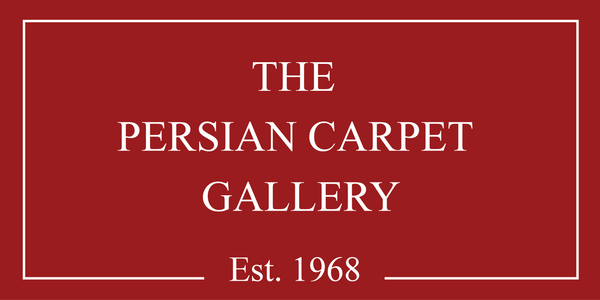Blogs
17th-Century Medallion Carpet - Österreichisches Museum für angewandte Kunst in Vienna
The 17th-century Medallion Carpet from Northwest Persia, housed in the Österreichisches Museum für angewandte Kunst, Vienna, is a masterpiece of Persian weaving. Measuring 635 x 330 cm, it features an intricate medallion designwith floral and animal motifs, including lions, oxen, hares, dogs, ducks, and peacocks. Crafted with a Persian knot technique, it boasts 303,800 knots per square meter, using unbleached cotton warp, red wool double weft, and a wool pile. The symmetrical composition, rich symbolism, and masterful craftsmanship make it a historically significant Persian rug, showcasing the elegance and artistry of traditional Persian carpet weaving.
Floral Mashhad Carpet in Museo Poldi-Pezzoli, Milan
This exquisite late 16th-century Persian carpet, now housed in the Museo Poldi-Pezzoli in Milan, exemplifies the artistic excellence of the Safavid era. Originating from East Persia, it features a dense Persian knot count of 410,000 knots per square meter and a rich wool pile.
While Herat was historically considered the primary hub of carpet weaving in Khorasan, the sacred city of Mashhad also played a significant role. As a major pilgrimage center, Mashhad fostered a thriving carpet industry, supported by offerings made at its holy shrines.
The carpet's design is a breathtaking display of floral motifs, intricate arabesques, and stylized palmettes, arranged in an organic, asymmetrical pattern. These elements extend into the wide border, creating a sense of movement and depth. This masterpiece remains a testament to the enduring beauty and cultural significance of Persian weaving.
The Exquisite Floral Carpet in the Carpet Museum of Iran in Tehran
The Floral Carpet, a masterpiece from 16th-century Central Persia (Isfahan), is housed in the Carpet Museum of Iran, Tehran. Measuring 380 x 296 cm, it features an impressive 420,000 Persian knots per square meter, with a beige cotton warp and weft and a wool pile.
Its intricate floral and arabesque motifs, along with an exquisitely detailed border, closely resemble a similar piece in the Österreichisches Museum für Angewandte Kunst (MAK), Vienna, suggesting it was woven in Isfahan’s renowned workshops. A testament to Safavid-era craftsmanship, this carpet reflects the rich artistic heritage of Persian weaving and remains a symbol of elegance and cultural significance.



